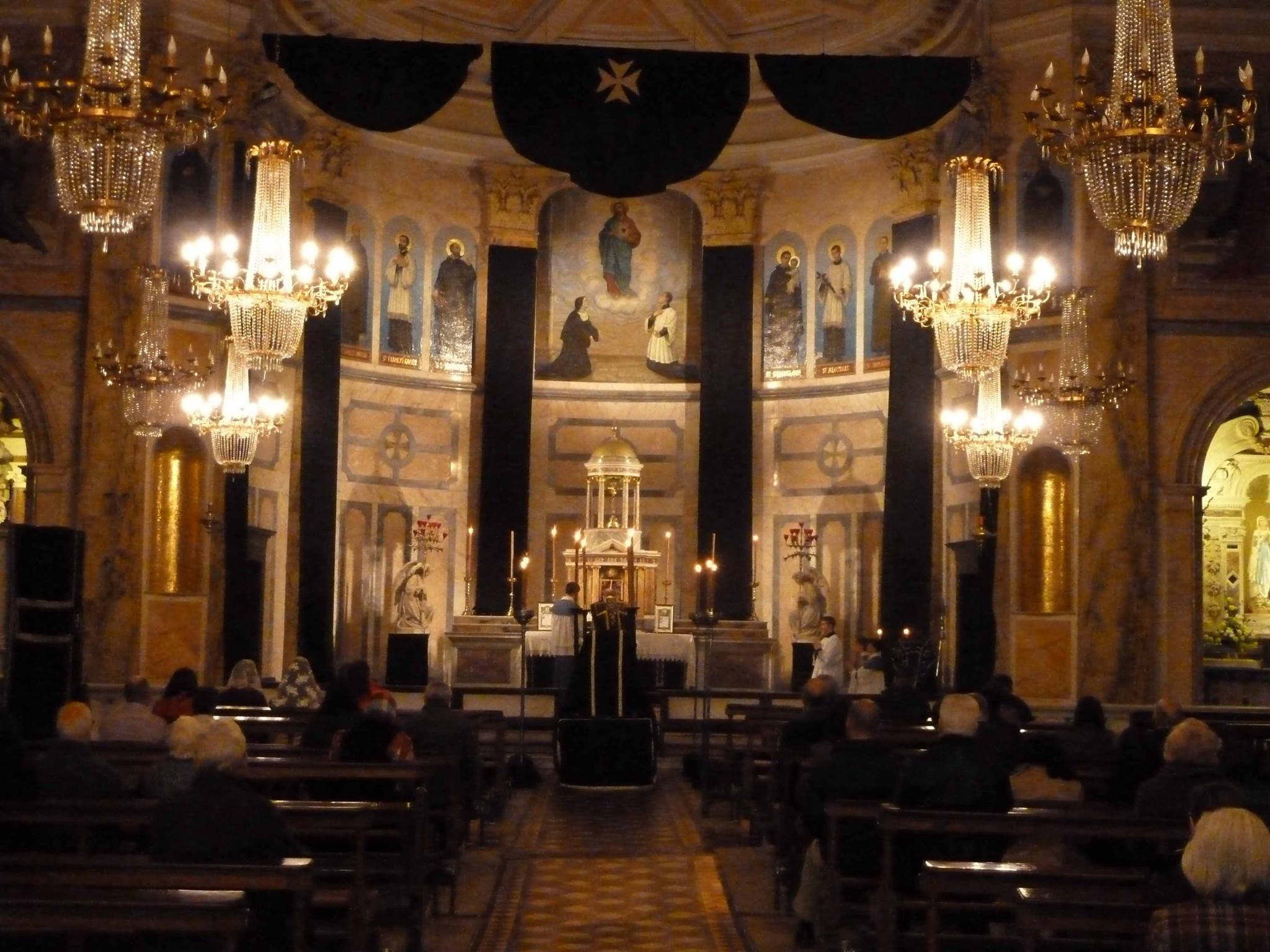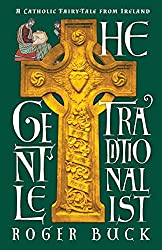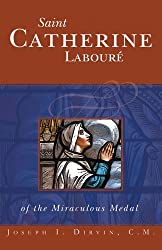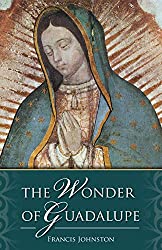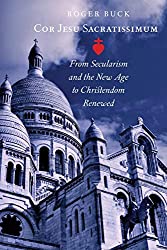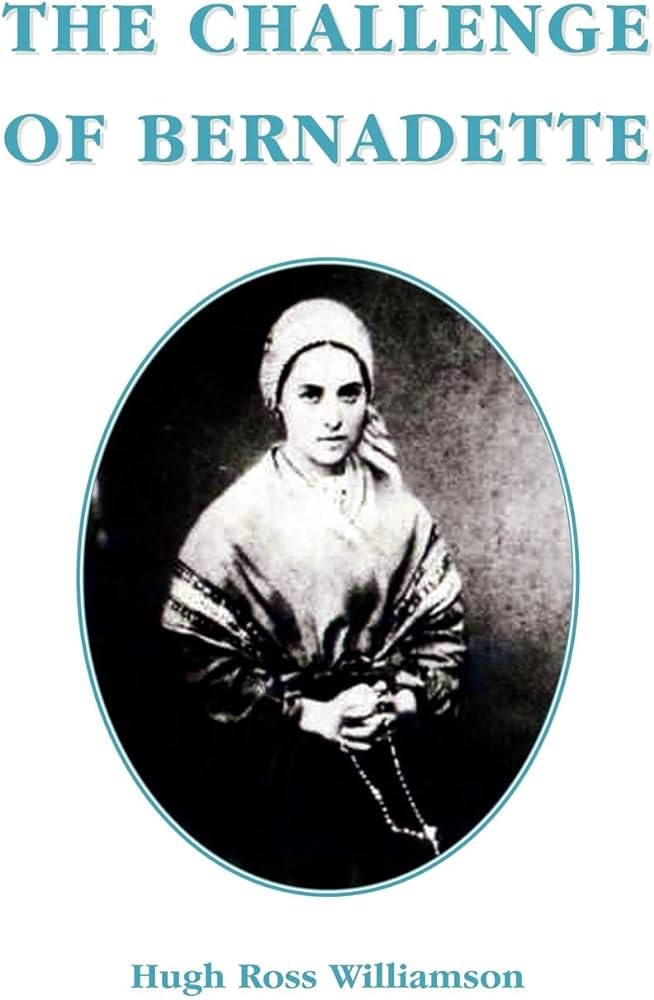
The Challenge of Bernadette, the author Hugh Ross Williamson proclaims, is not a biography of Saint Bernadette Soubirous. He does not want to tread this well-worn path (although he swiftly covers her biography in five short pages of preface and throughout the book delves deeply into her life). This book is also not an account of the events at Lourdes, where the Blessed Virgin appeared eighteen times—yet these apparitions are central to the book’s purpose.
No, as the title clearly states, this book concerns a challenge. That is to say the challenge Bernadette’s life and the apparitions at Lourdes presented to both the Catholic and secular world of 1858.
And Hugh Ross Williamson is a man who enjoys a challenge! His great intellect thrives on being tested, stretched in his thinking. Thus, this challenge seems to be as much for the author as the reader.
Also, he wants to get to the bottom of what happened at Lourdes, considering it a personal matter of faith. For Bernadette’s story and the apparitions of Lourdes have met with the approval of the Holy See. The latter, considered a ‘private revelation‘, means ‘[b]elief’, as Ross Williamson writes, ‘is not obligatory’.
Thus, as a Catholic of faith invited to believe, he feels a sense of duty to take up the challenge and confront the situation. Setting out on this quest, he asks questions, knowing well he may not find answers. Only Heaven fully understands these matters. We have to struggle in faith. But of faith, it is clear, Hugh Ross Williamson has plenty.
Nevertheless, he still describes Bernadette’s story ‘a spectacular challenge’. And using a long quotation from M. Jean Guitton, he illustrates the full nature of this challenge.
The stakes are high. If the Mariophany of Lourdes is authentic, it … involves the triple edifice of Catholic dogma, Catholic power and Catholic worship … [T]o admit what the vision calls the Immaculate Conception means admitting the divine motherhood … the divinity of Christ and the Trinity. It means admitting too, the legitimacy of religious development … achieved throughout the ages under the headship of the Bishop of Rome, and specially at that particular point in 1854. It means admitting, as equally valid, what the Vatican Council defined in 1870 under the term ‘papal infallibility’. Finally, it means recognising as legitimate, … the manifestations of popular piety … the Rosary … statues, chapels (as distinct from parish churches and cathedrals) … pilgrimages and processions, … even the picina probatica, the prayer-grotto and all these pagan usages sanctified these twenty centuries by the assimilative power of the Church. … So considered, testimony to the Immaculate Conception is a symbol condensing all history: it is like the last word of a novel, explaining and justifying all the preceding twists and turns of the plot.
Hugh Ross Williamson, The Challenge of Bernadette p. 2.
Yes, Lourdes issues a challenge to be truly Catholic. Indeed, Hugh Ross Williamson says of it:
The stakes are indeed high; the challenge imperious. And, because of it, it seems almost natural that it should be made by France.
Hugh Ross Williamson, The Challenge of Bernadette p. 3.
France . . . to understand this one must needs understand something of the nature of France. For France has been the Catholic nation, whose ‘signature‘, he writes, ‘is courage.‘ Yet France of 1858, just four years after the pronouncement of the dogma of the Immaculate Conception, had perhaps abandoned her courage. For she championed a very different sort of lady – Marianne of the Republic!
Thus, it was to this revolutionary France, the Queen of Heaven appeared. This book sets out, then, to take on this ‘spectacular challenge‘, in the rapidly secularising world of 1858.
Now, the best historians are those who make real for the reader the history of which they write. In the Challenge of Bernadette, Hugh Ross Williamson does precisely that. It would seem he has come to know this time and this place in Southern France well, exhibiting a deep feeling for it. For place, time and history become vivid in this short, condensed book. This appears to be the author’s aim, which he states in these initial lines.
Time and place, the unique historical ‘particularity’ are of the essence of the religion of the Incarnation. Wherever they are used ignorantly or lazily as mere symbolism, the edge of truth is blunted.
Hugh Ross Williamson, The Challenge of Bernadette p. 1.
Powerful sentences, telling us that, in matters of Catholicism—such as the events at Lourdes—Heaven and earth are bound together in a particular way in time and place. The more this is acknowledged or discovered, the more truth will be apparent, not blunted, its sharp edges revealed. In this case, providing evidence for the challenge of Bernadette.
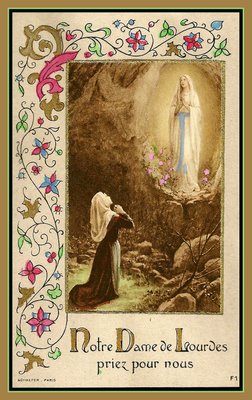
As time and place are established in this story, Hugh Ross Williamson paints a full, detailed panorama of Lourdes and its environs during the time when the Blessed Virgin was to appear. The beauty and richness of the writing welcomes us deeply into the place he describes, as if one can smell it. Those who know that smell of the old Catholic culture of the Pyrenees in the South of France —of the old damp chapels, their dusty wooden floors, peeling patterned walls lined with statues, amidst a lingering atmosphere of prayer and piety—will find this book brings it vividly to life, making it a pleasure to read.
Indeed, I find the entire book exudes a quality like well matured, skilfully carved, highly-polished mahogany. Each sentence is carefully crafted, saying just what it needs to say without embellishment or fancy. Yet the result is incredibly rich in both how and what it divulges. In these pages one meets a skilful writer with a probing articulate mind. Quite brilliant!
And through these rich pages we read that over the centuries, in areas surrounding Lourdes, there had been several sitings or apparitions of Our Lady. Ancient churches mark those sites. This we find was the situation into which the Blessed Virgin appeared. One that had already been prepared.
From the beginning then, we are pointed directly towards the reality of the supernatural nature of the region in which Lourdes will take central stage. And the author never loses sight of it.
Having set the scene and established the purpose of the book, Hugh Ross Williamson continues his quest with a close examination of Bernadette’s life. In so doing, we are presented with her tragic yet remarkable tale, of how throughout her short life she was tested continuously —for a reason. Because Bernadette had a mission. This the author emphasises.
For unlike several other young Marian visionaries, Bernadette was to become a saint. Whilst her mission included being the recipient of the Apparitions at Lourdes, her challenge went further. She was to be moulded and shaped for Heaven.

Through these lines of enquiry, this well -crafted book plunges deeply into just who Bernadette was. As such, it offers an excellent character assessment. The reader truly gets a sense of the young girl and her struggles. And of the inner strength and conviction that brought her, through the immense challenges of her poor and short life, to sainthood.
Beginning with an account of Bernadette’s family background, we learn, surprisingly, that she came from a moderately wealthy family. For her mother’s father ran a successful mill. Bernadette’s father was his assistant. But when this miller died, the responsibility fell upon Bernadette’s father to run the business.
He proved unable, bringing poverty and ridicule upon his family. Even so, we learn he was a warm-hearted generous man, squandering the family fortune not simply through incompetence, but in helping others.
This meant Bernadette received no schooling, remaining a simple hard-working girl. It also meant the asthma she suffered worsened, terribly, in the damp darkness of the old dungeon, in which the family were forced to live.
All this, Hugh Ross Williamson stresses, shaped the young Bernadette into a girl used to suffering. Extreme hardship, severe physical pain and ridicule all helped form her strength of character, which marked and sustained her throughout the further challenges to come. Thus was Bernadette shaped into the person she would become—the Saint.
Each stage of Bernadette’s life presents a different test. In a series of chapters Hugh Ross Williamson examines such tests, which revolve around key relationships in her life. Through each, the reader gains a greater sense of Bernadette, as well as those souls assigned to test this young saint.
We are particularly drawn into the natures of Abbé Peyramole, the Parish Priest and Mother Marie-Thérèse Vausou, the Novice Mistress. Both are formidable characters, who initially frighten Bernadette, but later come to support and even love her.
Hugh Ross Williamson seems to get inside these people and their relationships with Bernadette, separating them from the preconceived judgements or suppositions that many witnesses, biographers and writers of the story have presented.
Through this, Bernadette’s story becomes ever more real. One feels one can trust the author’s judgement, sensing his thoroughness, knowing what he says and why he says it. After all, this is a quest for evidence, in order to understand, so that one may believe.
As I have found with much of Ross Williamson’s work, this book is, as I say, thorough. An outstanding, able researcher, the author extracts and compiles the information necessary to put forward his perspectives, processes and conclusions. One finds here a man, who will write nothing of which feels is in any way unsure. And being of deep faith, one never loses sight of his goodness and religiosity.
Yet there is not a trace of sentimental romanticism here. This book is simple, down to earth, rich and always supernatural. This wonderful combination of the earthly with the heavenly, ever reminds us of how ‘time and place are of the essence of the religion of the Incarnation.‘
To sum up, The Challenge of Bernadette takes up the call to understand the mission of Saint Bernadette Soubirous; a mission that prepared her to be the recipient of eighteen Apparitions of the Blessed Virgin at Lourdes; a mission that prepared her to become a Saint.
This is what her life was assigned to. Each and every part of it, more than most of us could bear, shaped her providentially for these future goals.
This book gives a rich, condensed portrait of this most gruelling life of the young Saint of Lourdes. But within that portrait, it turns towards the perhaps greater challenge of the supernatural events of Lourdes itself. The two cannot be separated. Both are recognised and accepted by the Church. Our spiritual lives will be deepened and enriched if we believe.
Whilst making his practical, ‘on the ground’ picture of this place, this time, these events, characters and relationships, all of which form and mould Bernadette, Hugh Ross Williamson never loses sight of this supernatural event that occurs at the heart of it all. Lourdes happened so that we might believe. As I say, this book packed with meaning, reads smoothly, with a rich savour, like beautifully carved mahogany. Here is my recommendation. Now, read it!
Foreword for Monarchy by Roger Buck
Buying Books at Amazon Through These Links Gives Us a Commission. This Supports Our Apostolate. Thank You if You Can Help Us Like This!
